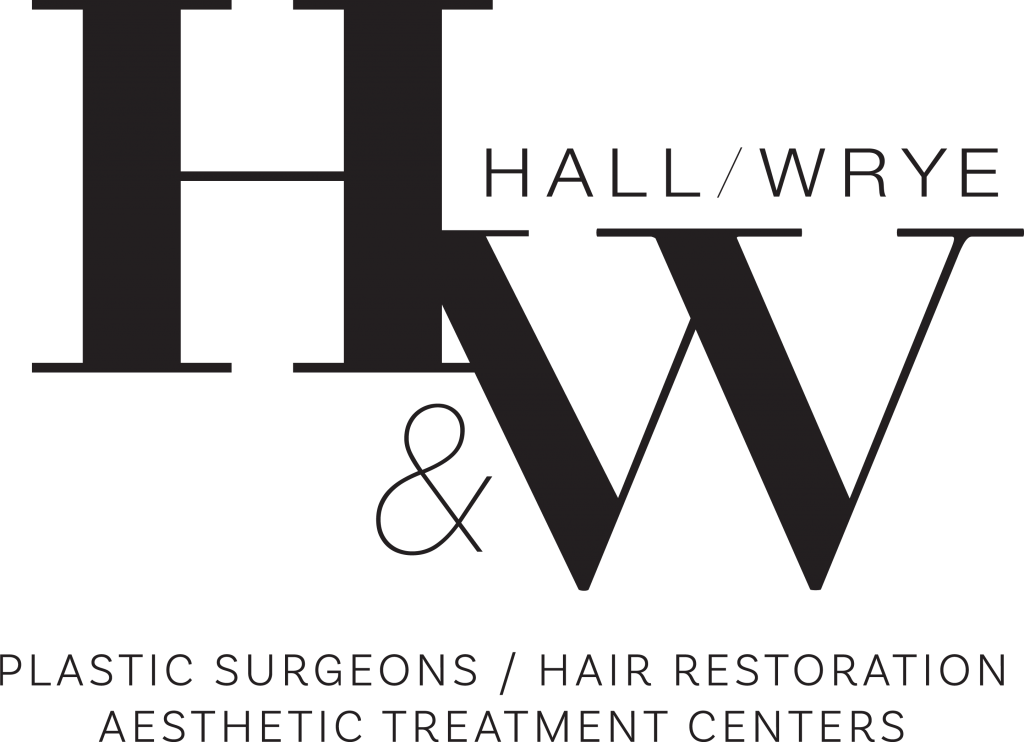Rhinoplasty is a surgical procedure that enhances the proportions, shape, and appearance of the nose. Also called nose surgery or “nose job,” this surgery results in an enhanced facial harmony and balance. A rhinoplasty procedure aims to adjust the profile, width, and size of the nose, nostrils, and nasal tip. This surgery can also correct structural abnormalities of the nose which causes breathing difficulties. For instance, a condition known as a deviated septum is a very common cause of breathing impairment and is corrected by improving the nasal structure in order to promote a more accurate alignment. Rhinoplasty may be performed together with other surgical procedures of the face to achieve more favorable results.
Rhinoplasty Surgery

HOW IS RHINOPLASTY DONE?
Rhinoplasty is done in either of two ways: closed procedure or open procedure. In a closed procedure, the incisions to be created are concealed inside the nose; the open procedure involves creating an incision across the columella, the thin tissue separating the nostrils. Through these created incisions, the surgeons then gently raise the soft tissues covering the nose in order to reveal the nasal structures that are to be reshaped. The nasal cartilage can be trimmed or removed, and the bone structure can be broken or filled in order to make alterations with the overall shape and structure of the nose. If augmentation of certain parts needs to be done, implants and cartilage may be added. Once the restructuring and sculpting are completed, the nasal skin and its tissues are gently repositioned back, ending with the closure of the incisions.
In other cases, a secondary or revision rhinoplasty is done in order to correct some problems that arose after the primary nose surgery. Other physicians also offer non-surgical options for nose jobs to their patients, wherein facial fillers are injected to alter some minor areas on the nose. This is a more affordable approach compared to a standard rhinoplasty, but it has its own limitations.
DO I QUALIFY FOR A SURGERY?
Ideal candidates of rhinoplasty should at least be in their mid-teens when the structure of the nasal bone has stabilized and matured. Patients of rhinoplasty should be non-smokers and in good health condition. During the consultations prior to the surgery, patients must clearly communicate to the surgeons their goals and expectations, all of which should be attainable and realistic.
Schedule Your Consultation Today
Our cosmetic surgery team is dedicated to providing our patients with safe, effective surgical and non-surgical treatments for all areas of the body. Our board-certified plastic surgeons and medical aesthetician focus on the relationship they build with each patient while helping them understand the procedure process.
HOW WILL THE SURGERY GO ABOUT?
Primary rhinoplasty may be done under local or general anesthesia in an operation that usually lasts for about 1-3 hours, depending on the amount of work needed to be done. The surgery is typically done in an outpatient surgical center. A secondary rhinoplasty requires more skill and expertise due to its more difficult nature compared to the primary rhinoplasty.
WHAT HAPPENS DURING THE RECOVERY PERIOD?
Internal tubes and a splint will be positioned inside your nose for support after your surgery has been completed. Bandages and a splint will also be attached outside the nose in order to protect the new structure of your nose and to promote healing. There are cases where the bruising and swelling may extend to the other areas of the face such as the eyes. These should eventually disappear after one or two weeks. External sutures will be taken out after four to five days, and the splint will be removed after one to two weeks.
Rhinoplasty is not a painful surgery, but the patients are recommended to stay home for one week post-surgery. You should prevent any force or trauma to your nose during this recovery period. To facilitate a speedy and safe recovery, Drs. Hall and Wrye will be discussing detailed instructions with you on how to care for your new nose during the recovery period.
ARE THERE ANY RISKS?
Risks of rhinoplasty include reaction to general anesthesia, rupturing of the small vessels on the nose, changes in skin color and nasal sensation, infection, bleeding, and the probability of having a revisional or secondary rhinoplasty. In rare cases, nasal airway adjustments may interfere with regular breathing after surgery.
HOW WILL I LOOK AFTER RECOVERY?
The swelling and bruising of your nose will disappear after a couple of weeks; however, the final contour of your nose will take shape after a year. Rhinoplasty adjustments are permanent, but cartilage may go on with gradual reshaping and the tissue may continue moving over time.
